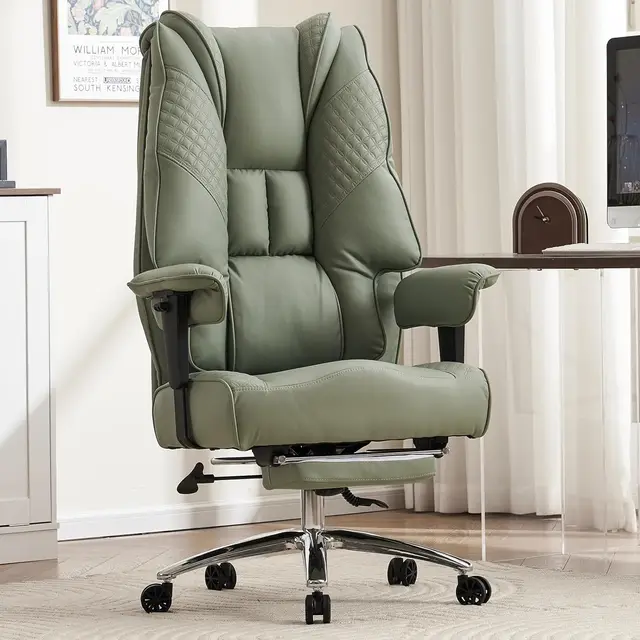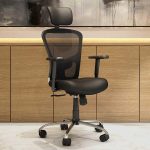An office chair that won’t stay up can be a frustrating problem, disrupting your work and causing discomfort. Understanding the underlying causes and knowing how to address them can save you time and money. This comprehensive guide will walk you through the steps to fix an office chair that won’t stay up, covering the most common issues and providing solutions to get your chair functioning correctly.
Understanding the Problem
Identifying the Issue
Before diving into repairs, it’s crucial to identify why your office chair won’t stay up. The most common cause is a faulty gas lift mechanism, which is responsible for adjusting the chair’s height. Over time, the gas lift can lose its ability to hold the chair at a desired height due to wear and tear or damage. Other issues might include problems with the chair’s base or seat mechanism. Understanding the specific problem will guide you in applying the correct fix.
Checking for Additional Symptoms
In addition to height adjustment issues, check for other symptoms that may provide clues about the problem. For example, if the chair is wobbling or if you hear unusual noises when adjusting the height, these signs can indicate a more complex issue. Identifying these additional symptoms will help you in diagnosing the problem accurately and determining whether a simple fix or a more extensive repair is needed.
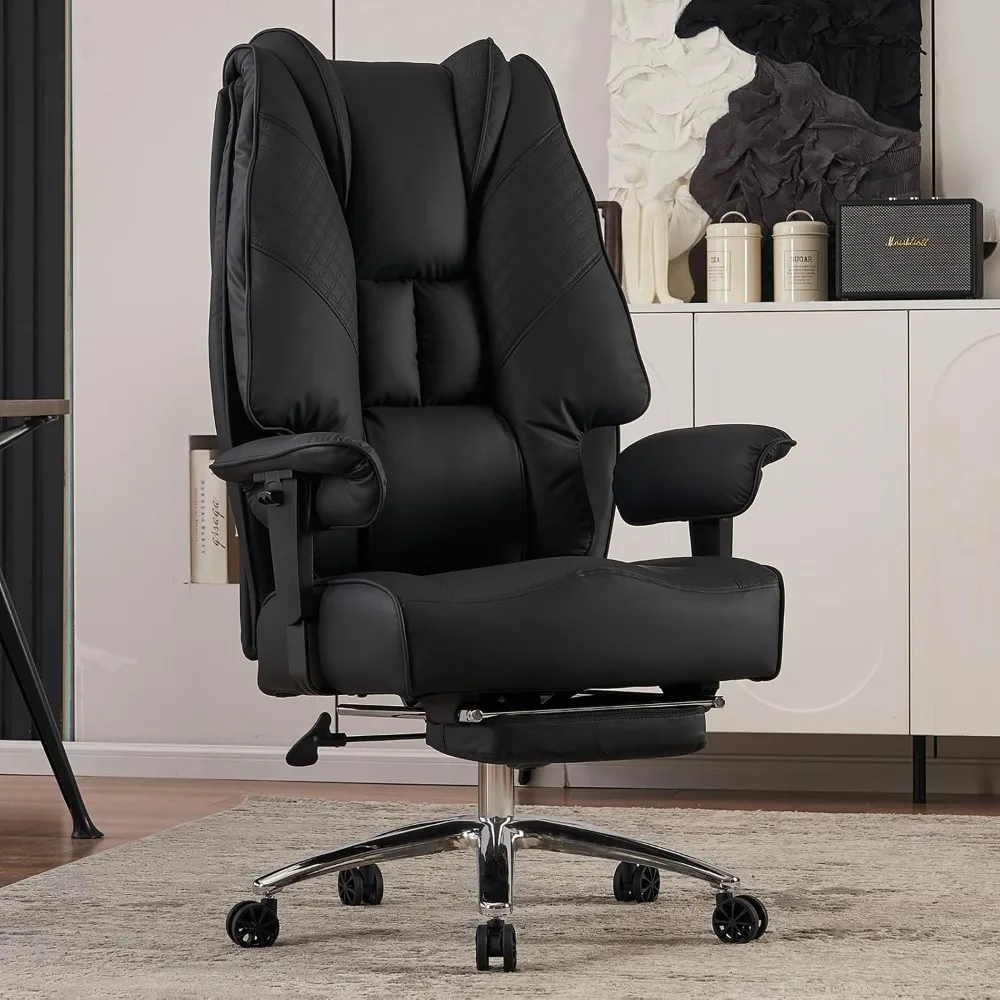
Tools and Materials Needed
Essential Tools
To fix an office chair that won’t stay up, you will need a few basic tools. These include a screwdriver (both Phillips and flathead), an Allen wrench set, and possibly a pair of pliers. Depending on the type of repair, you might also need a lubricant such as WD-40 or a replacement gas lift cylinder if the current one is beyond repair.
Materials and Replacement Parts
In addition to tools, ensure you have the necessary replacement parts. If the gas lift cylinder is defective, you’ll need a new one of the correct size and type. Some chairs may also require specific replacement parts for the base or seat mechanism. Check the manufacturer’s specifications or consult a repair manual to ensure you acquire the right parts.
Disassembling the Chair
Preparing the Workspace
Before disassembling the chair, prepare a clean and spacious workspace. Lay out a cloth or mat to protect the chair parts and ensure that you have ample lighting. Organizing your tools and replacement parts beforehand will make the disassembly process smoother and more efficient.
Removing the Gas Lift Cylinder
To begin the repair, you’ll need to remove the gas lift cylinder. Start by flipping the chair over and locating the cylinder where it connects to the chair base. Use a screwdriver to remove any screws or clips securing the cylinder. Gently pull the cylinder out of its socket. If the cylinder is stuck, apply some lubricant and tap it lightly with a mallet to loosen it.
Repairing or Replacing the Gas Lift
Inspecting the Gas Lift Cylinder
Once the gas lift cylinder is removed, inspect it for any visible damage or signs of wear. Look for oil leaks, dents, or rust, which can indicate that the cylinder is faulty. If you notice any of these issues, replacing the cylinder is usually the best option.
Installing a New Gas Lift Cylinder
If replacement is necessary, choose a gas lift cylinder that matches the specifications of your chair. Insert the new cylinder into the socket where the old one was removed. Ensure it is securely positioned and that it fits snugly. Reattach any screws or clips that were removed during disassembly. Test the chair to ensure the new cylinder operates correctly and that the chair stays at the desired height.
Addressing Other Common Issues
Fixing a Wobbly Chair Base
If the problem extends beyond the gas lift cylinder, you might need to address a wobbly chair base. Inspect the base for loose screws or damaged parts. Tighten any loose screws with a screwdriver and replace any damaged parts as needed. Ensure that the base is firmly attached to the gas lift cylinder and that all connections are secure.
Repairing the Seat Mechanism
Another potential issue could be a faulty seat mechanism. If your chair has a recline or tilt function, check these mechanisms for any signs of malfunction. Tighten any loose bolts and lubricate moving parts to ensure smooth operation. If the seat mechanism is severely damaged, you may need to replace it.
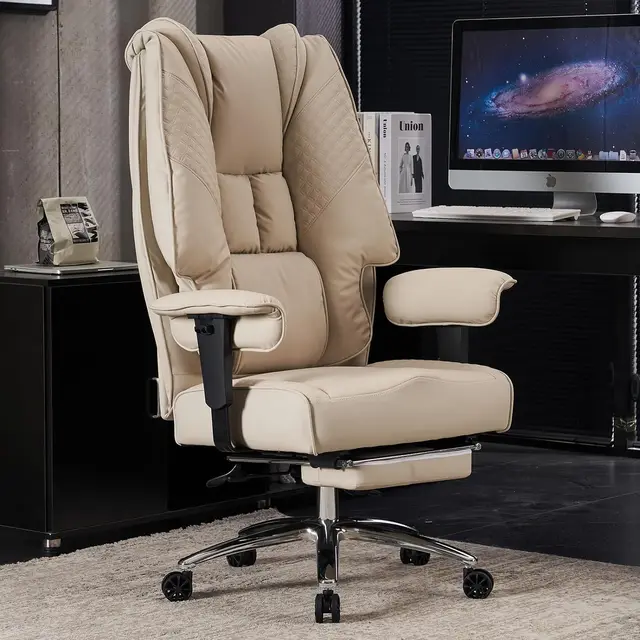
Reassembling the Chair
Putting the Chair Back Together
After repairing or replacing the necessary parts, it’s time to reassemble the chair. Begin by carefully aligning and securing all components in their respective positions. Make sure that all screws and bolts are tightened properly to avoid any wobbling or instability.
Testing the Chair
Once reassembled, test the chair to ensure it functions correctly. Adjust the height and check for any remaining issues such as instability or noise. Sit in the chair and use it as you normally would to confirm that the repair was successful and that the chair now stays up as intended.
Preventative Measures and Maintenance
Regular Maintenance Tips
To extend the lifespan of your office chair and prevent future issues, perform regular maintenance. This includes checking and tightening screws and bolts, cleaning the chair to remove dust and debris, and applying lubricant to moving parts as needed. Regular maintenance can help catch and address potential problems early before they become more significant issues.
Proper Usage Practices
Proper usage practices can also help maintain the integrity of your chair. Avoid putting excessive weight on the chair or using it in ways not intended by the manufacturer. Follow the manufacturer’s guidelines for weight limits and adjust the chair’s settings according to your needs to prevent undue strain on the components.
When to Seek Professional Help
Recognizing Complex Issues
While many chair repairs can be performed at home, some issues may be too complex or require specialized tools. If you encounter problems beyond a faulty gas lift or if the chair shows signs of significant damage, it may be time to consult a professional. Complex issues might include internal mechanical failures or structural damage that requires expert attention.
Finding a Professional Repair Service
If professional repair is necessary, look for a reputable office furniture repair service in your area. Research reviews and ask for recommendations to ensure you choose a reliable service provider. Professional repair can offer a more thorough diagnosis and fix for issues that are difficult to address on your own.
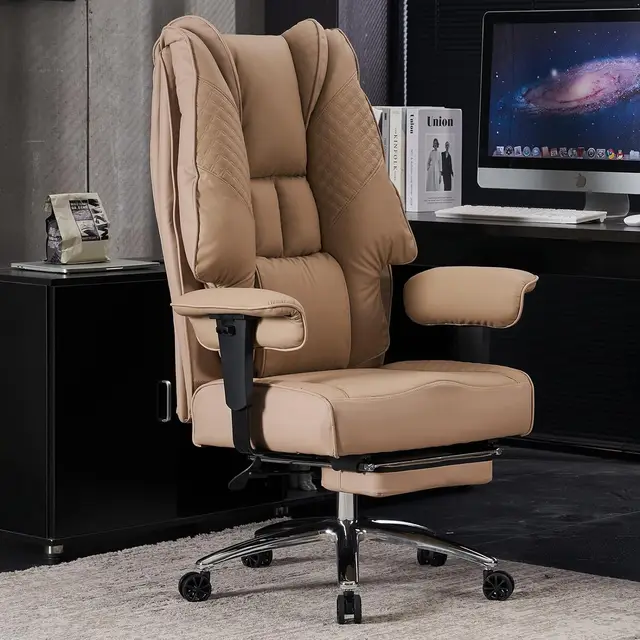
Conclusion
Summary of Repair Steps
Fixing an office chair that won’t stay up involves identifying the problem, gathering the necessary tools and materials, and following a step-by-step repair process. Key steps include disassembling the chair, inspecting and replacing the gas lift cylinder if needed, and addressing other potential issues such as a wobbly base or faulty seat mechanism. Reassembling the chair and performing regular maintenance can help ensure long-term functionality.
Final Thoughts
By following this guide, you can address the common issue of an office chair that won’t stay up and restore it to optimal working condition. Regular maintenance and proper usage can prevent future problems and extend the lifespan of your chair. If you encounter complex issues, seeking professional help ensures that your chair remains a reliable and comfortable part of your workspace.
